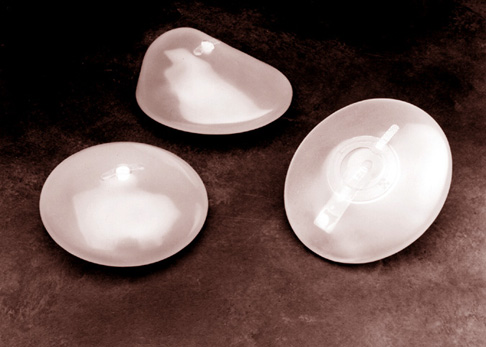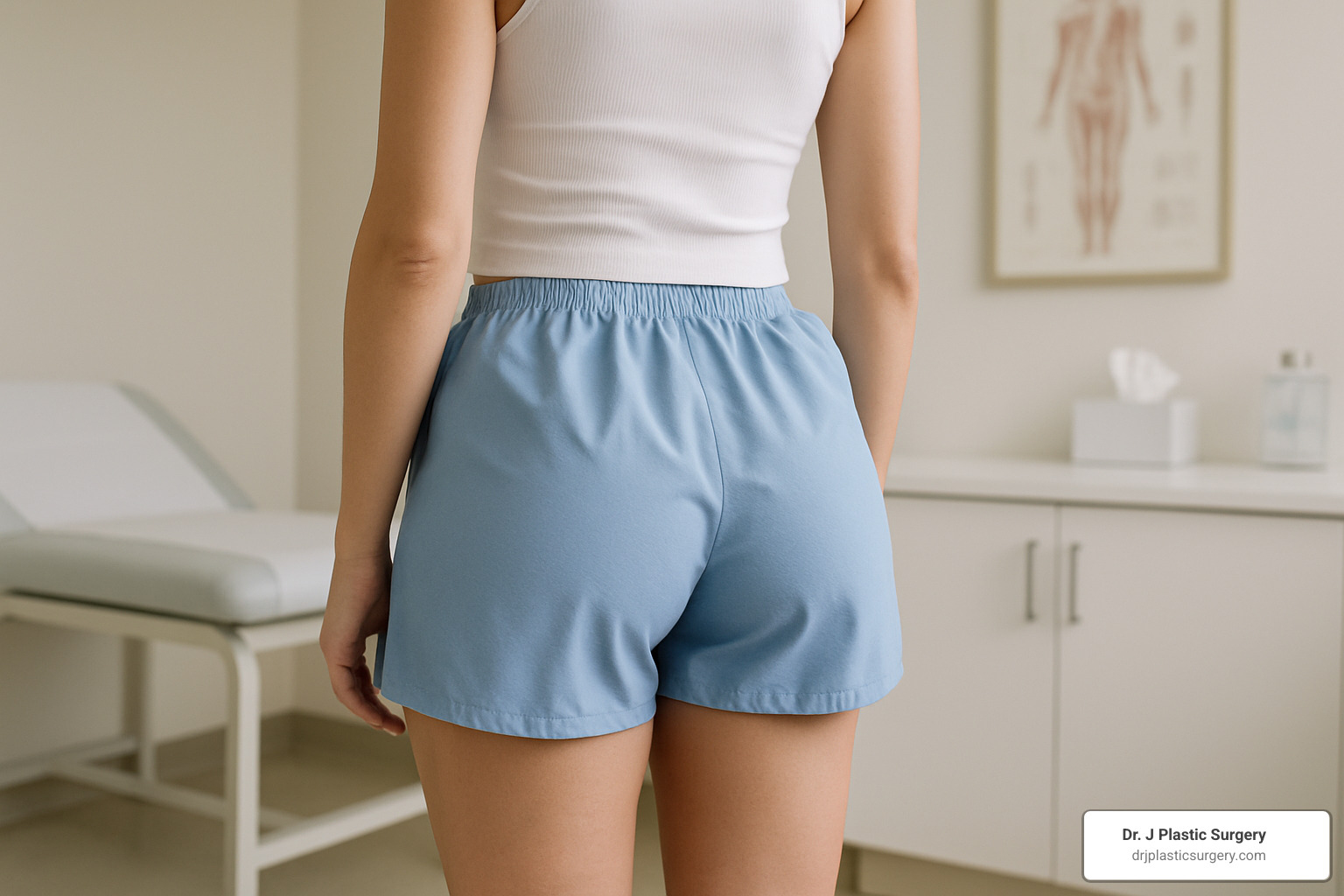
Silicone breast implants both have been in wide use for augmentation and reconstruction since the 1970s. These types of implants have long been considered safe for human implantation, and most women with implants are able to breast feed their children and otherwise find that their silicone-augmented breasts allow for normal function.
The potential risks of silicone implants include the possibility of a rupture. In many cases, ruptures are “silent” which means they do not cause any noticeable symptoms or signs, though they can be identified with the use of an MRI. While silicone implant ruptures are not thought to be dangerous to health, ruptured implants that become apparent are typically removed largely because of unwanted changes in the shape and also the consistency of the breasts, including softening, hardening, and lumpiness. Ruptured breasts may also become painful and swollen, and scarring may increase after a rupture. The chances of a rupture are, however, are relatively very small if they are properly implanted.
Silicone implants are available to women 22 and older for augmentation purposes, and all age groups for breast reconstruction. To answer further questions about breast augmentation and reconstruction with Dr. J, please call the number above or visit our contact page to request a consultation.
